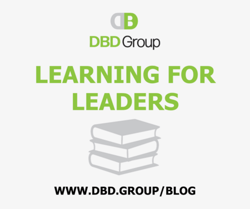Have you ever wondered why are some board members not engaged or even showing up to your meetings? Board meetings are a necessity for nonprofit organizations, but too often they can be boring, dry, and uninspiring.
They don’t have to be.
Board meetings can be an effective way to engage key volunteers, nurturing their desire to help your organization achieve its goals. After all, that’s what led them to join your board in the first place.
Boards generally face three challenges:
- The agenda is vague with no clear objectives or outcomes.
- Too much time is spent on routine reports or operational tasks.
- Inefficient use of time leads to long-winded presentations and discussions, or conversely, not enough time left for healthy dialogue on important topics.
Consider implementing these best practices:
- Start and end the board meeting on time.
- Use consent agendas and place time limits on each agenda item.
- Place the most important items first on the agenda. Don’t leave them to the end.
- Agenda items should be strategic in nature and not operational tasks that are better handled by committees or staff.
- Make sure every board member has had a chance to speak.
- Rearrange the room’s table set up to encourage small group discussion when agenda items call for groupwork.
- Include generative agenda items on issues impacting the communities or the clients you serve.
- End the meeting on a high note—maybe a mission moment, a successful donor solicitation story, or final thoughts that give the feeling of optimism and hope for the future.
Looking for ways to enliven remote or hybrid meetings? Download DBD Group's guide to elevate your next meeting.
The Board Chair plays a crucial role in facilitating the board meeting and ensuring its effectiveness. They act as the conductor of the orchestra, guiding the discussion, fostering engagement, and creating an environment where all board members can contribute meaningfully.
Board Chairs should:
- preside over the discussion and ensure all voices are heard.
- summarize key points and facilitate the decision-making process.
- promote the culture of inquiry with respectful and constructive dialogue.
- manage time effectively and keep the meeting on track.
- ensure all action items are clearly defined and assigned.
Ultimately, whether a board meeting is boring or engaging depends on the effort put into its design and execution. The same agenda, meeting after meeting, won’t yield different results. By working with these best practices, you can create a more engaging, productive, and ultimately more valuable board meeting experience.
Share your “bored meeting” stories in the comments below!
THIS MONTH'S FOCUS
Everyone can grow in their leadership, whether they are leading an organization, team or family. This month, we're sharing the lessons we've learned along the way to help you be a better leader. Share your own learnings in the comments!


